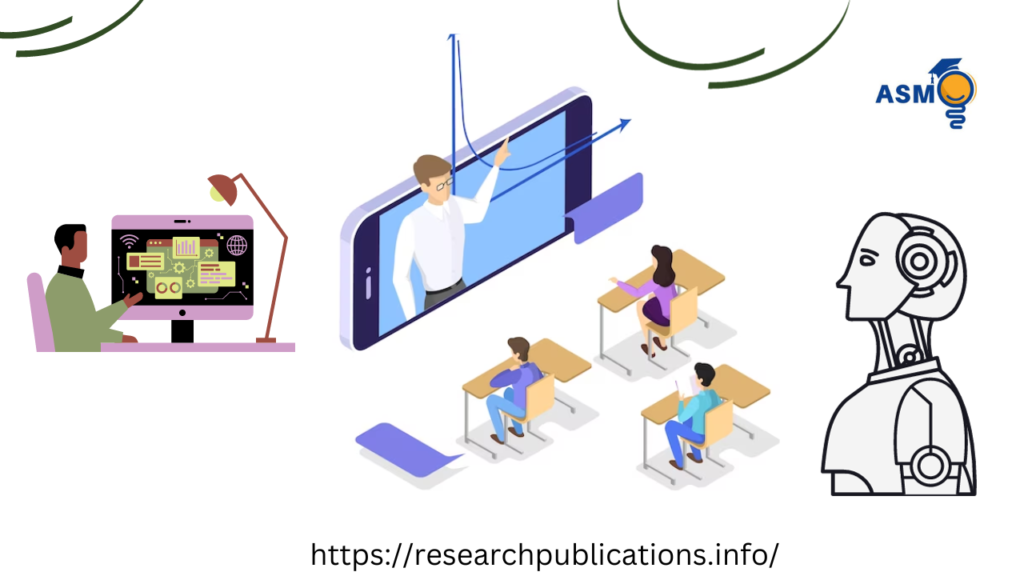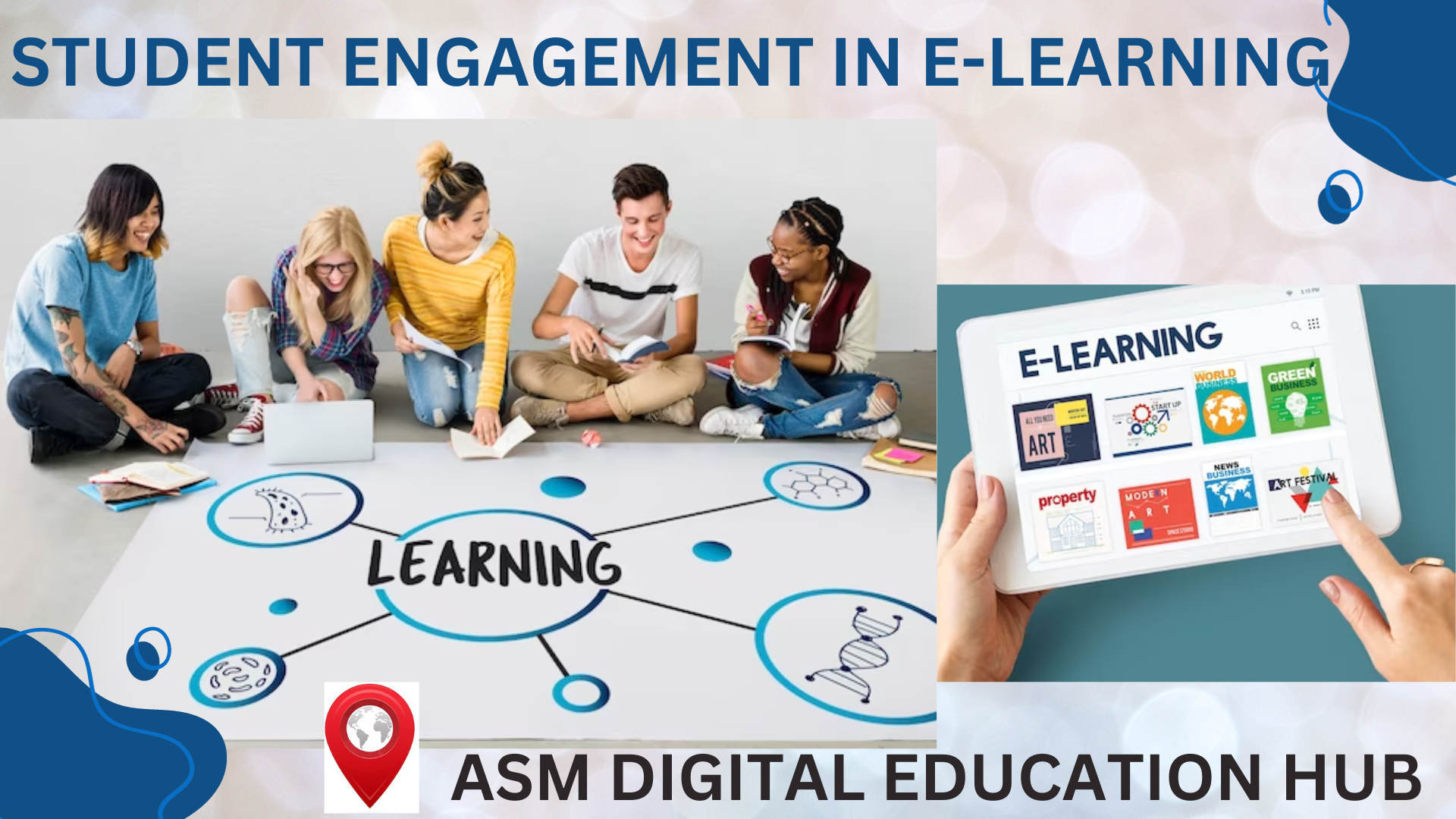Interactive Virtual Platforms / Online Learning:
Choose virtual learning platforms that support interactive features, such as breakout rooms, polls, and collaborative whiteboards.
Encourage students to participate through chat, reactions, and virtual hand-raising actively.
Virtual Reality (VR) and Augmented Reality (AR):
Explore the use of VR and AR technologies to create immersive learning experiences.
Virtual field trips, simulations, and 3D models can enhance understanding and engagement in subjects like science, history, and geography.
Virtual Guest Speakers and Experts (Online Learning):
Student Engagement brings industry professionals or subject matter experts into the virtual classroom through video conferencing.
This provides students Engagement with real-world insights and perspectives, making the content more relevant and engaging.
Gamified Learning Modules:
Incorporate gamification elements, such as points, badges, and levels, to make learning more enjoyable.
Design educational games that challenge students and reinforce key concepts.
AI-Powered Personalization:
Implement artificial intelligence (AI) algorithms to personalize online learning paths based on individual student progress and preferences.
Adaptive learning systems can dynamically adjust content and assessments to meet the needs of each student.
Virtual Labs and Simulations:
For science and technical subjects, use virtual labs and simulations to provide hands-on experiences.
These tools allow students to explore concepts in a safe and controlled virtual environment.
Social Learning Platforms:
Integrate social learning elements, such as discussion forums, collaborative projects, and peer-to-peer mentoring.

1. Accessibility and Flexibility
One of the primary benefits of online virtual classrooms is the flexibility they offer. Students no longer need to adhere to rigid schedules or commute long distances to attend classes. This freedom allows learners to balance their academic, personal, and professional lives more effectively. Whether they are at home, traveling, or in another country, students can access lessons, participate in discussions, and complete assignments from any device with an internet connection. This flexibility is particularly beneficial for non-traditional students, such as working professionals or those with family responsibilities, as it enables them to pursue education without disrupting their daily lives.
2. Diverse Learning Opportunities
Virtual classrooms often provide a wider range of courses and programs than traditional brick-and-mortar institutions. Students can choose from various disciplines, ranging from arts and humanities to business, science, and technology. This diversity allows them to tailor their education to their personal interests and career goals. Additionally, virtual classrooms offer access to experts and faculty from around the globe, providing students with unique perspectives and knowledge that may not be available locally. By learning from diverse instructors and peers, students broaden their horizons, enhancing their critical thinking, problem-solving, and cross-cultural communication skills—traits essential for future success.
3. Interactive and Engaging Learning Experiences
Online virtual classrooms are designed to be interactive, offering a range of tools and features that enhance the learning experience. Live video lectures, discussion forums, chat rooms, and real-time collaboration on documents or projects help students actively engage with course materials and peers. Gamified elements, quizzes, and interactive assignments further increase engagement, making learning more enjoyable and less passive. These interactive methods not only keep students motivated but also improve their retention of knowledge, better preparing them for real-world challenges.
4. Personalized Learning Paths
Another significant advantage of online education is its ability to offer personalized learning paths. Many virtual classrooms use artificial intelligence (AI) and learning management systems (LMS) to adapt the content and pace of lessons based on individual student progress. If a student struggles with a particular topic, the system can offer additional resources or practice material, ensuring they gain a strong understanding before moving on to the next concept. This personalized approach helps students at all levels, from those needing extra support to those ready to advance quickly, ensuring that everyone receives the attention they need to succeed.
5. Preparation for the Future Job Market
The future job market is increasingly competitive, with employers looking for candidates who possess both technical skills and the ability to work in digital environments. Online virtual classrooms help students develop the necessary skills to succeed in this digital-first world. By utilizing digital tools for communication, project management, and collaboration, students gain valuable experience that directly applies to modern workplaces. Additionally, many virtual programs incorporate soft skills training, such as leadership, teamwork, and problem-solving, all of which are critical in today’s job market.
6. Cost-Effectiveness
In comparison to traditional classroom-based education, online learning can be more affordable. Students save on transportation, accommodation, and other campus-related expenses. Many virtual programs also offer competitive tuition fees, making education more accessible to a broader range of students. Additionally, many online courses and materials are available at no cost, offering students the chance to gain new skills without a financial burden. This cost-effectiveness opens up opportunities for students who may otherwise be unable to afford higher education, contributing to greater equality in access to learning.
7. Safe Learning Environment
Online virtual classrooms also offer a safe learning environment, especially in times of global challenges such as the COVID-19 pandemic. With virtual learning, students can continue their education without the health risks associated with attending in-person classes. This safety extends beyond physical health—it also provides students with the flexibility to learn at their own pace, reducing stress and allowing them to better manage their mental well-being. In addition, virtual platforms often have built-in tools to foster positive and respectful interaction, promoting inclusivity and reducing the likelihood of bullying or discrimination.
Conclusion
Online virtual classrooms are reshaping the landscape of education, offering students a flexible, engaging, and secure pathway to success. By breaking down barriers to access, providing personalized learning experiences, and preparing students for the digital workforce, online learning is helping create a more secure future for students worldwide. As technology continues to advance, the opportunities for growth and innovation in virtual classrooms will only expand, further solidifying their role as a key driver of academic and professional success. Whether for undergraduate, graduate, or lifelong learning, online virtual classrooms provide a platform where students can thrive and build the skills needed for a prosperous future.


